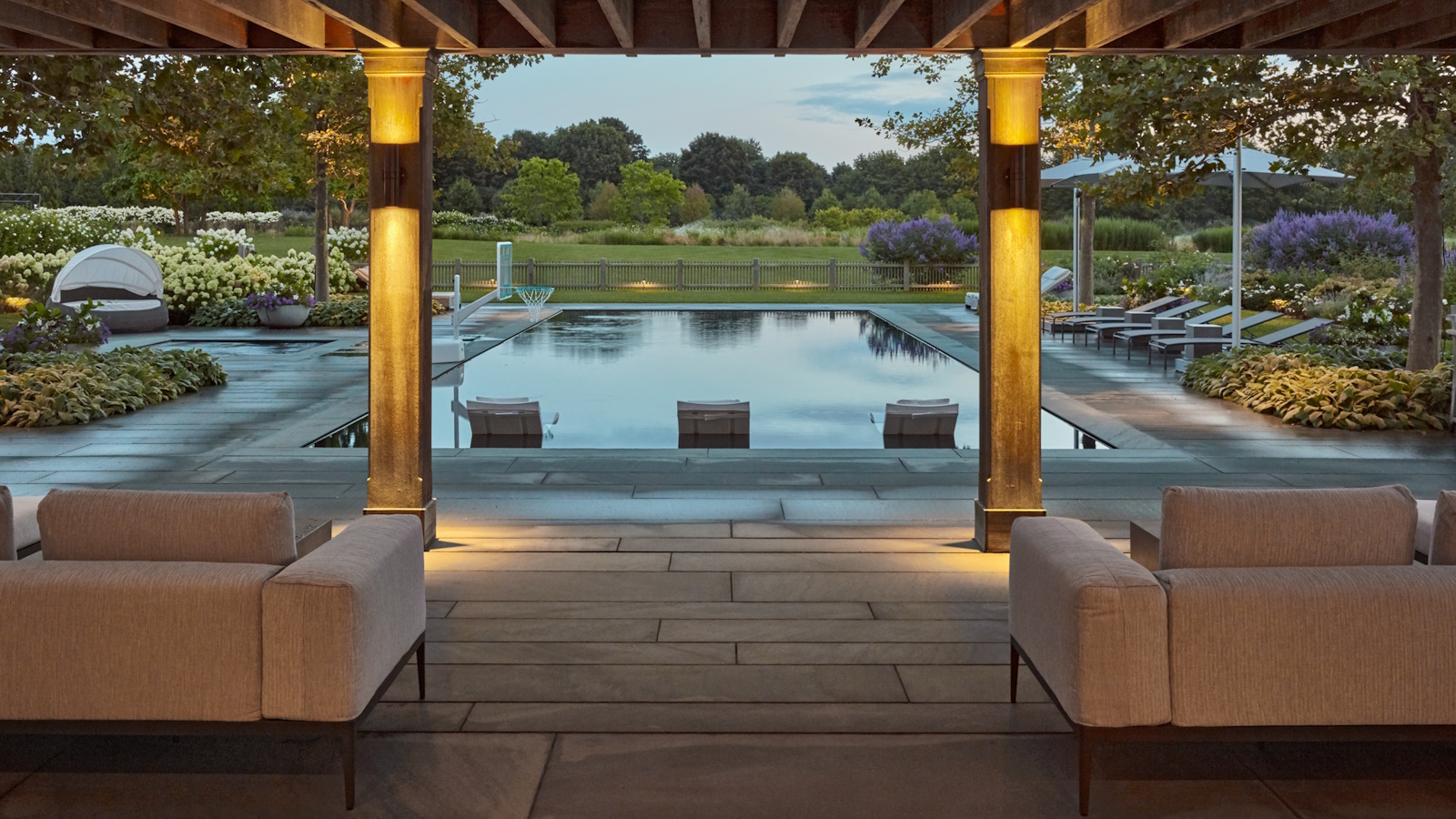
When it comes to creating the ideal backyard to suit us and our families, are there certain things that will always transcend trends, location, money and even the size space you have? And if so, what are they?
This is just one of the many questions I asked landscape architect Edmund Hollander in a recent interview. With more than 40 years' experience in the business, Ed's clients that have taken him all over the world. He has worked on incredible projects, ranging from The Reach at The Kennedy Center, to urban penthouse gardens in New York City. He is past president of the New York Chapter of the American Society of Landscape Architects (ASLA), and is an elected Fellow of the ASLA. If anyone is going to advise us on our garden design and get it right, it’s him.
Our chat came ahead of the release of Ed’s new book, The Landscape of Home, published by Rizzoli and available to pre-order from Amazon. The book showcases a selection of Hollander Design’s most impressive projects from the past decade. We talked at length about how to extend the concept of home from a house to a backyard, and what it means to work in harmony with the land.
‘One of the things we found during the Covid pandemic, was that people started to live in their landscapes and gardens much more than just look at them; all of a sudden everyone was living outside because that was safe and healthy. One of the things that grew out of that was the concept of home,' Ed tells H&G.
'Home took on more important ideas - it was refuge, peace, solace, security, family, and health. We work in such a range of styles - from the most contemporary, traditional, ecological, and formal - but none of that prescribes what you’re going to do. It's about looking at the natural ecology, the architectural ecology, and then of course the human ecology - it's about the families who live there and how they are going to use the space.'
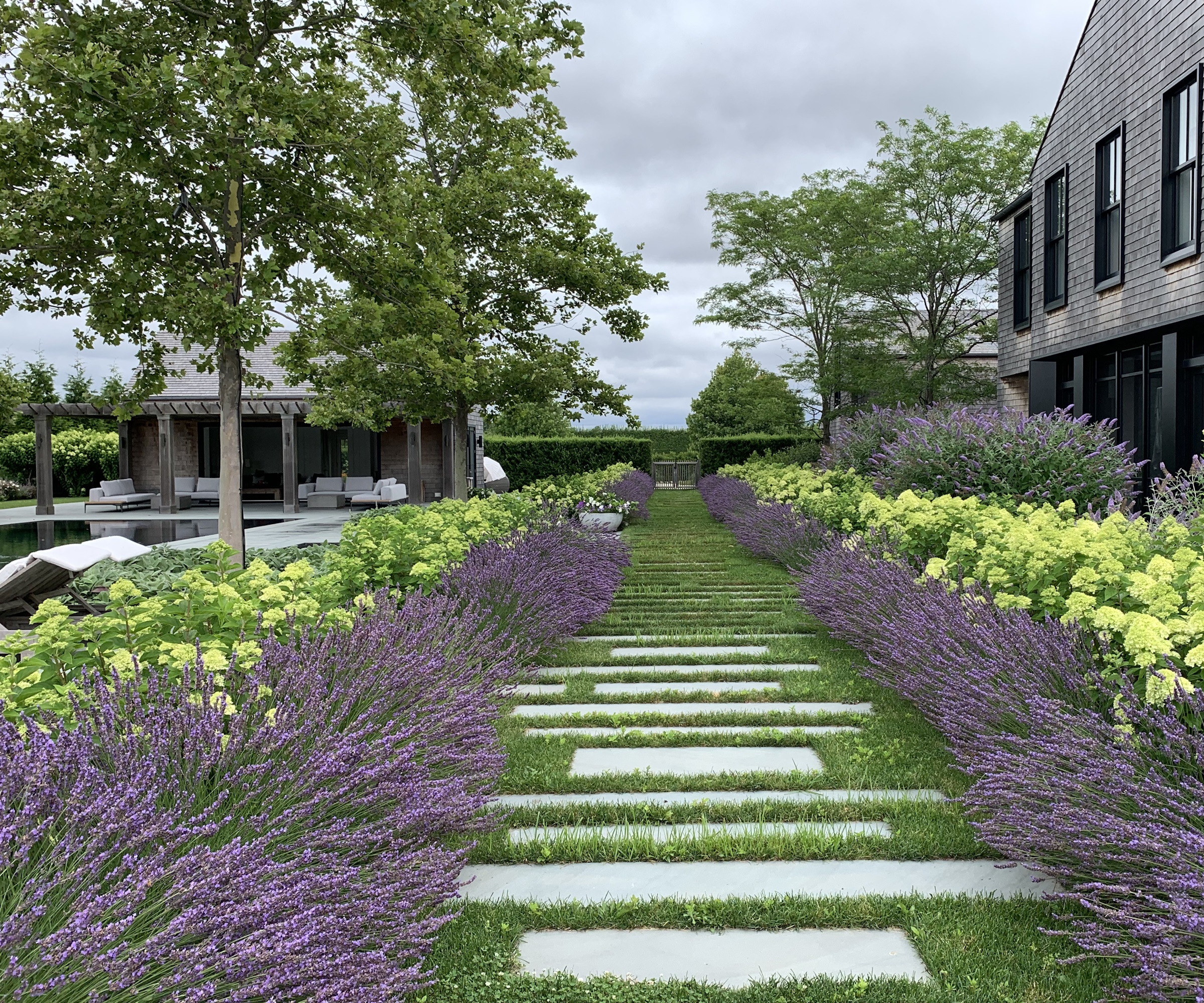
The 5 most important elements of designing an outside space
When it comes to designing a garden space, there are always going to be vast variations in many factors, such as the size of plot; the shape of the land; the aspect; the soil type - the list is a long one. But certain elements transcend these factors, and we share some of these below.
Listen to the land, then make a plan
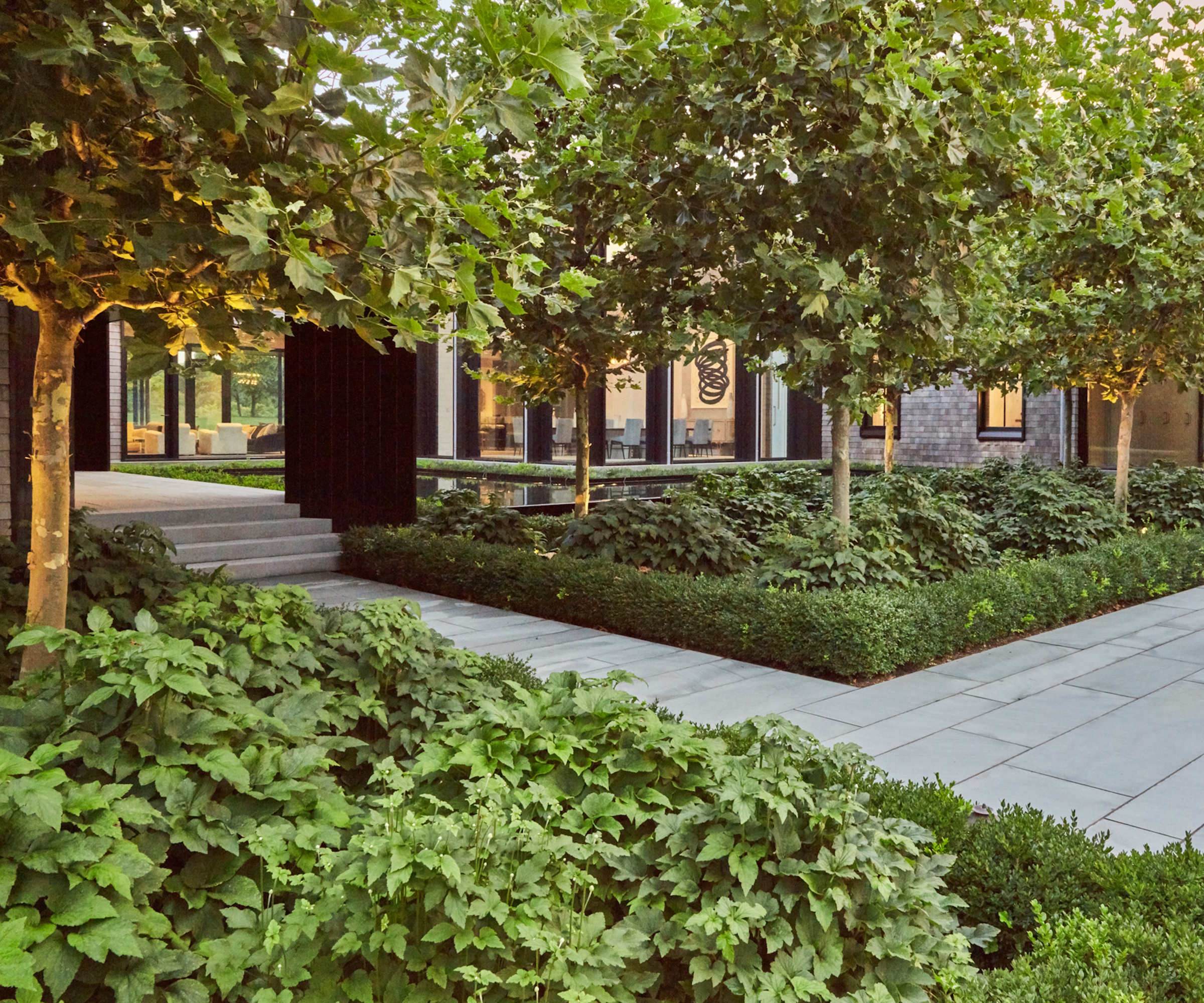
To begin any backyard design project, it's always good practice to start with a series of questions, which will inform your plan.
'Always plan before you work,' advises Ed. 'Think of the whole thing together. Listen to the land, to the architecture, to the family.
'Listening to the landscape is multisensory,' he continues. 'Try to understand it, and what you want to get out of it. Do you have a terrace or acres of space? What are the buildings doing? Then ask yourself, what do you want to go outside and do in this space? Do you want a place you can cook or space to grow vegetables, for instance. How will you enjoy this with your family?'
Seek out local expertise
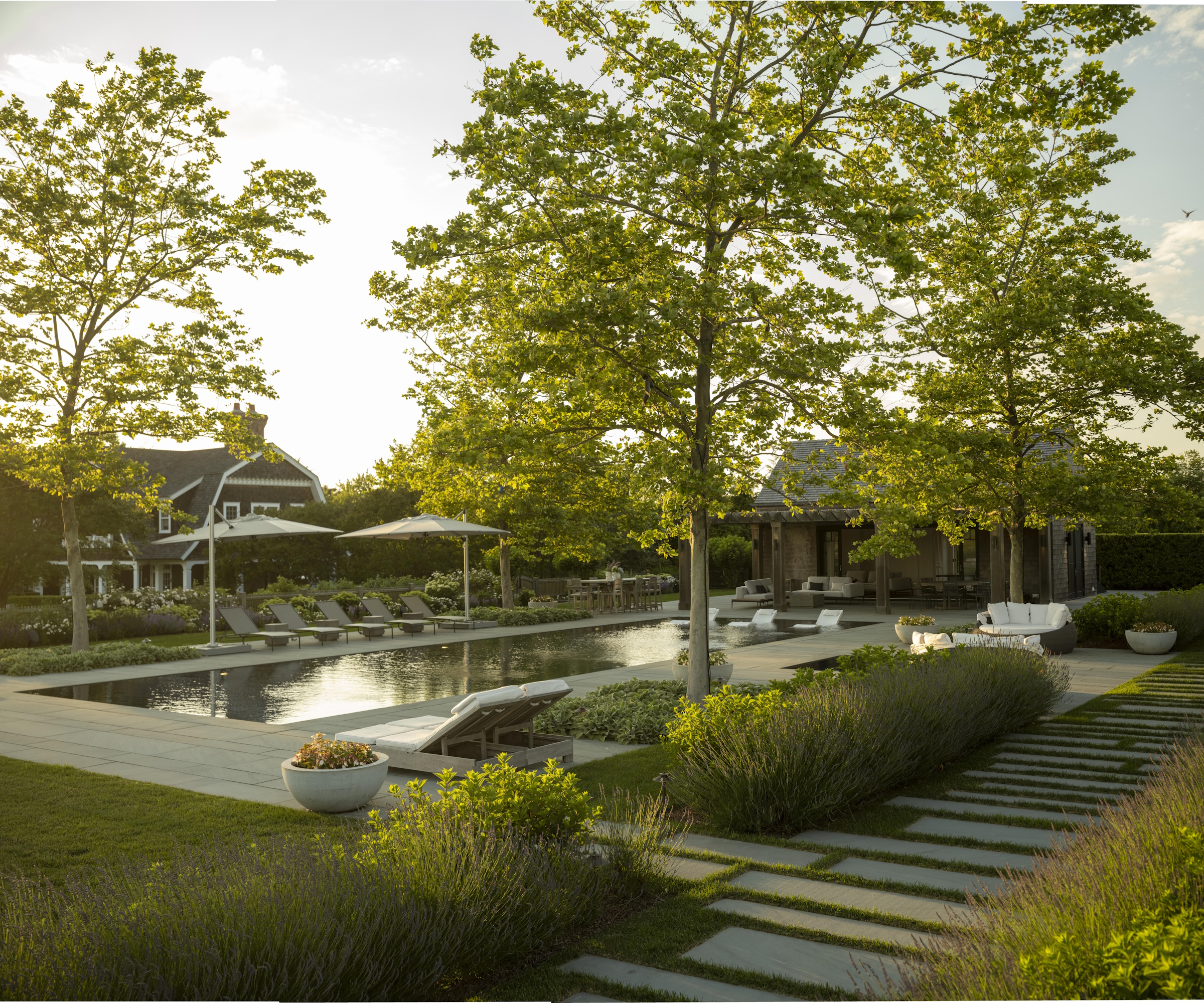
You may have lived in the same area of the country your whole life, but that doesn't always equate to being an expert in the soil type you have, or the plants that will thrive in your particular climate.
Ed advises that no matter where you are located, seeking out local knowledge and expertise from a plant society, extension service, garden center or local gardening group, is invaluable.
'After 40 years - and 10 working in education - in the New York area, I’m just starting to feel like I have a grip on this microclimate and what will do well here,' says Ed.
'You need to design a landscape that is tailored to the environmental conditions that exist in a particular location. So if we are working on a project in Taiwan, let's say, we always need to find the local version of us,' he continues. 'I need people with expertise in that particular area. They have the resources for local, native plant material, for instance, and through them we can understand the soil, drainage, and which plants will thrive.'
Focus on the simple things and working with nature
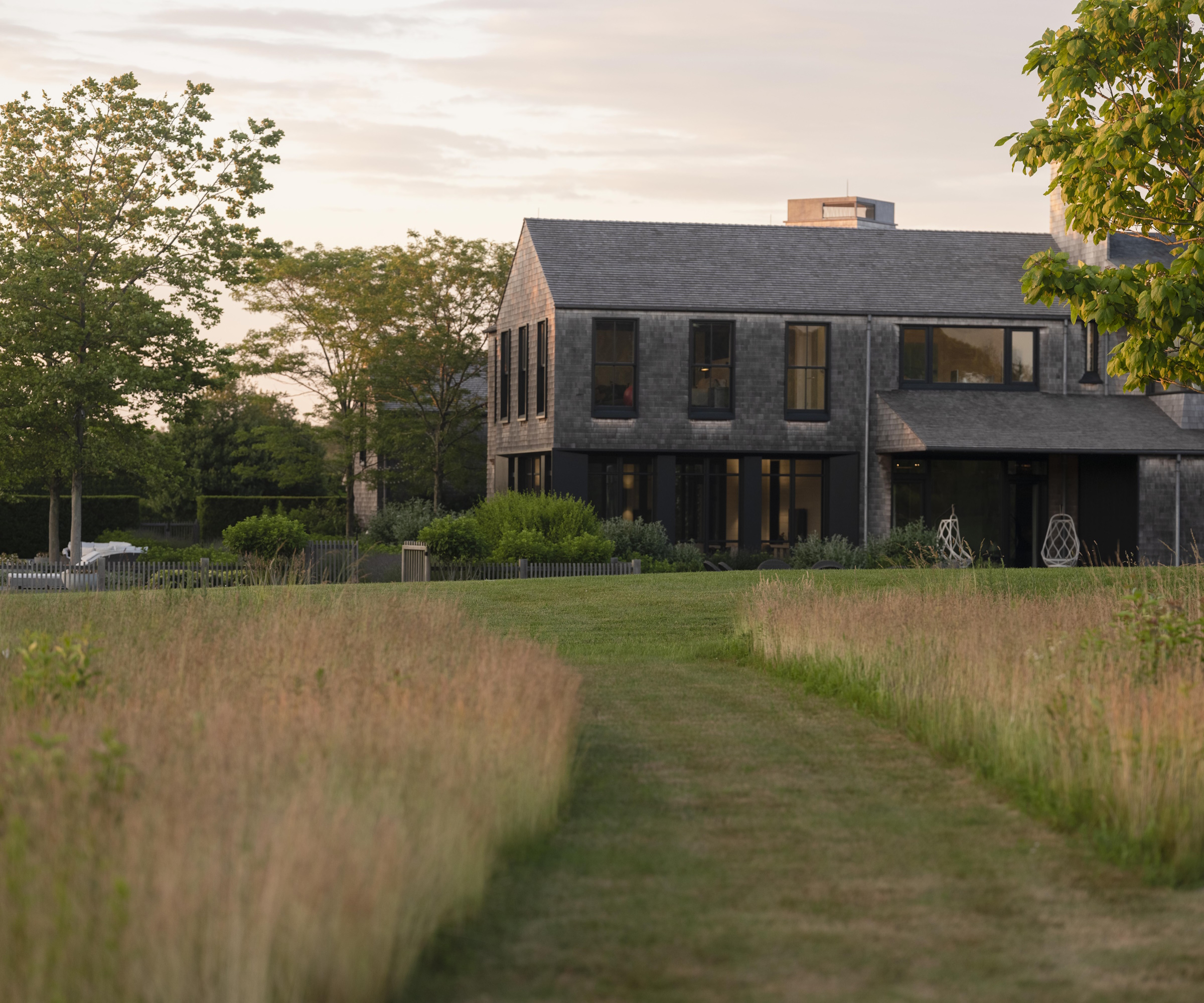
When it comes to the overall life trends we are seeing right now, simplicity, ease of living, and healthy living, are right up there, says Ed. So when it comes to garden planning, it is about letting the design allow for management and care in a healthy way.
'There is much greater concern with chemicals in the environment now than there was even 10 years ago,' he says. 'So thinking about how you can create the right soil and drainage for your plants is important because that's what’s going to allow you to maintain your garden beds in a non-toxic way.
'Part of our job is to be informative about the way environments and landscapes work,' adds Ed. 'I want people to understand we are going to plant a tree, and in the first year it may look a little sad, because what it’s doing right now is conserving carbohydrates and growing feeder roots so it can absorb water and nutrients, and get over the transplant shock. But then it will thrive.'
Underlying all that education, however, is a simple desire to create a space where love and joy will also grow.
'People want to go out into the garden nowadays and pick a peach and pick blueberries,' says Ed. 'They want to grow and pick food they can harvest with their children and grandchildren, and that transcends wealth, status, size of the property. There is a magic in going out and picking a raspberry with a child that gives a level of joy that’s priceless.'
Remember to plant for tomorrow
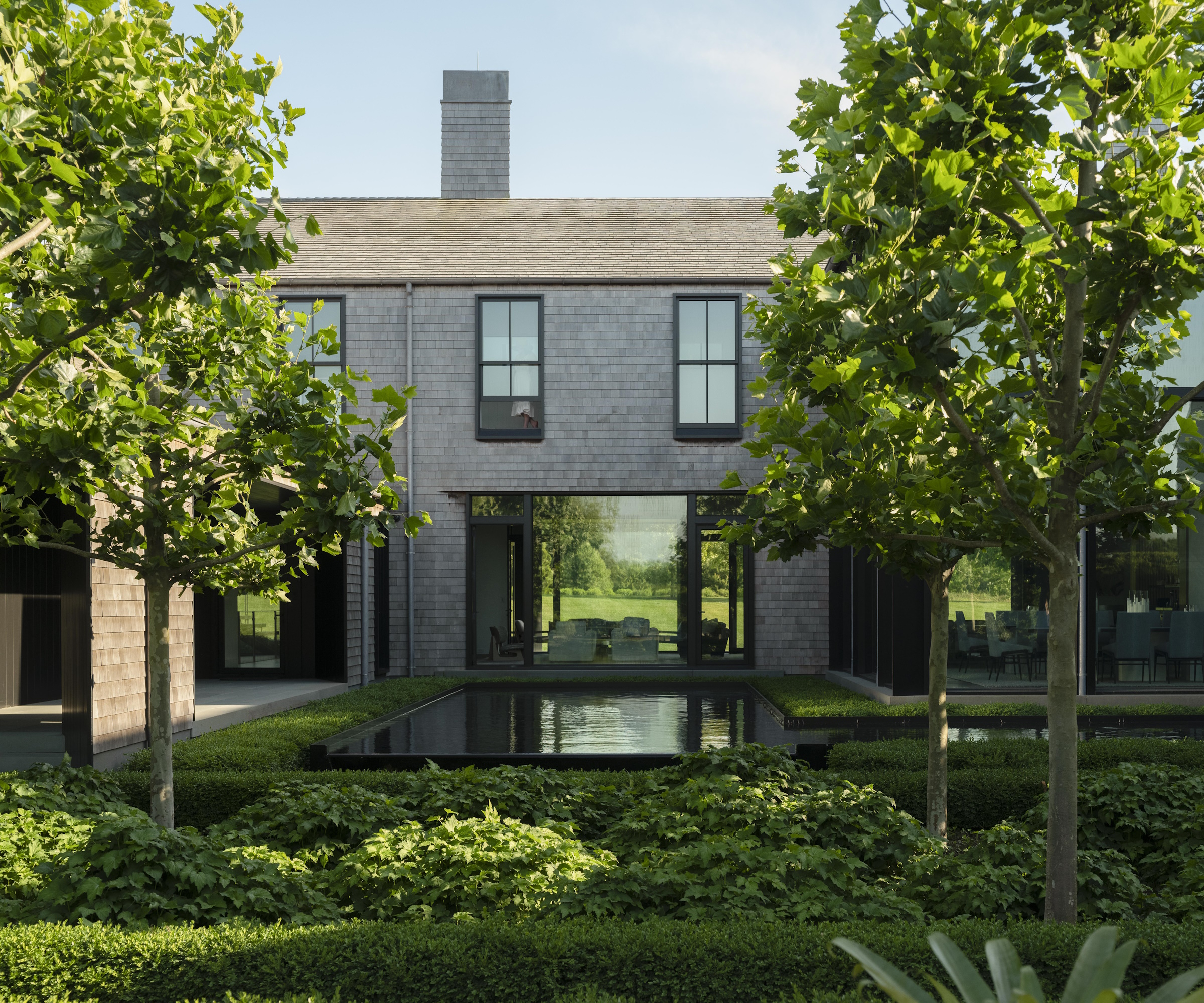
Having been in this business for more than 40 years, Ed says what he can plant has changed dramatically over the course of his career.
'Plants like magnolia grandiflora and lagerstroemia (crepe myrtle), which before only grew in warmer climates, will now grow in colder climates, while trees like birches and spruces now don’t do well in some climates as it’s too warm for them,' he explains.
'There are two shifts going on. We have a shift in the horticultural reality of what wants to grow where. And we have changes in the climate that impact issues like drainage and rainfall. We are getting rainfalls now that we never used to get. This changes how we build landscapes, as we are trying to do this anticipating an exacerbation of the severity of the weather.
'Not only are we designing for today, we are also designing for tomorrow.'
Have fun
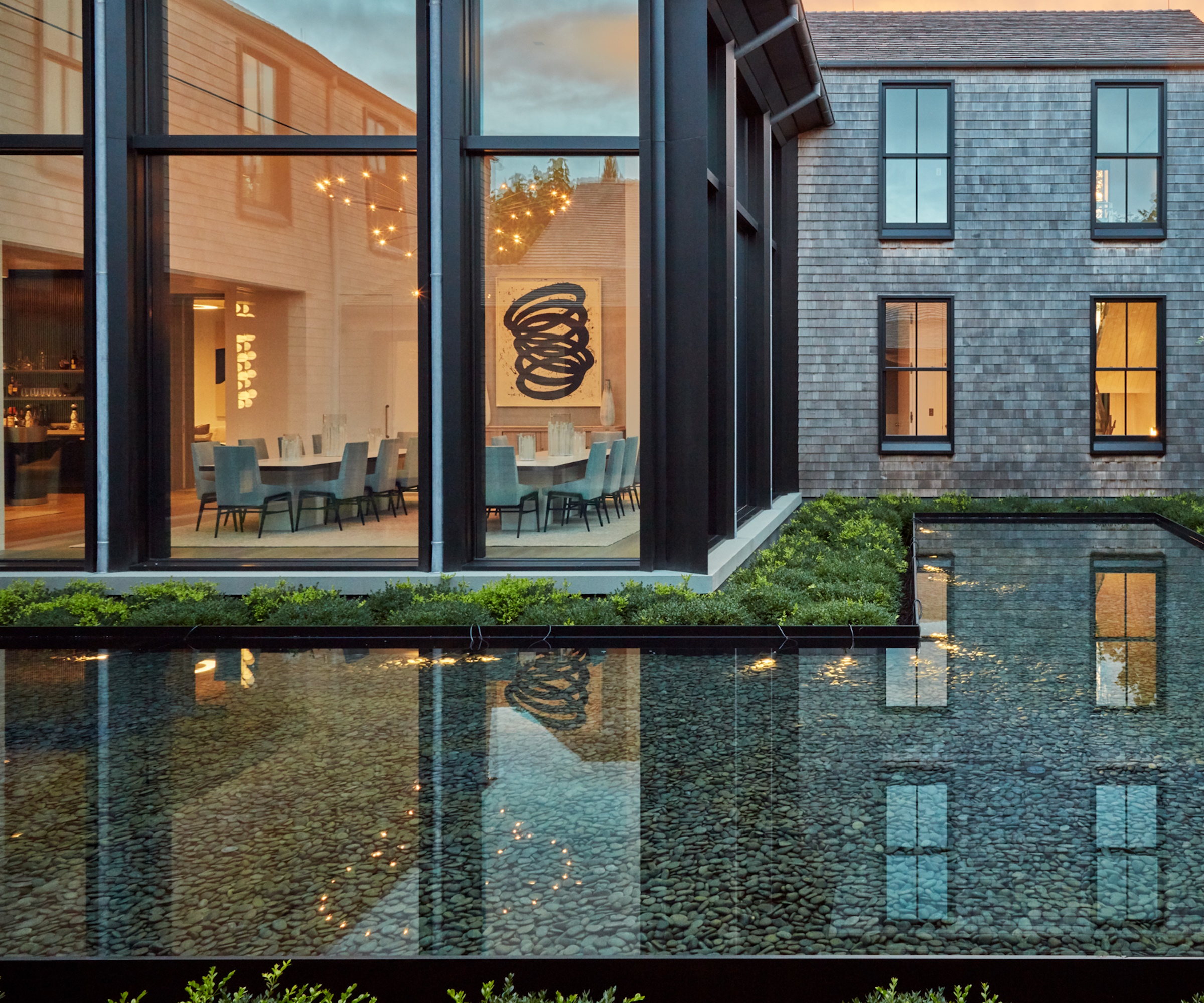
The last element is clearly one of the most vital to Ed and his team, and that is to enjoy the entire process.
'One of the things that is desperately important to us on all of our projects is that we have fun, and that we laugh with our clients,' affirms Ed. 'Let the process of creating and designing and watching it grow, let that be part of the fun of it. It should be joyful. If home doesn’t equal joy, then what does?'
The Landscape of Home: In the country, by the sea and in the city, published by Rizzoli, is out in March 2024.







